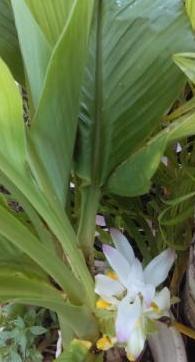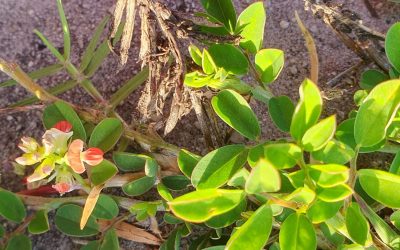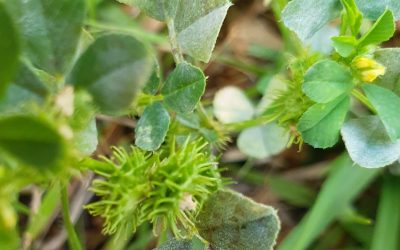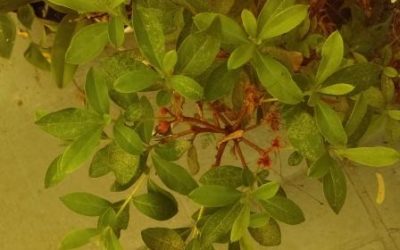Hello, I'm Creeping Indigo Botanical Name Indigofera spicata DESCRIBE YOURSELF I am a short-lived perennial plant. My leaves can go a sort of pinky purple during summer, hence my name. I set a lot of seeds when I flower and my seed heads look a bit like an arrowhead....
Creeping Indigo
read more





